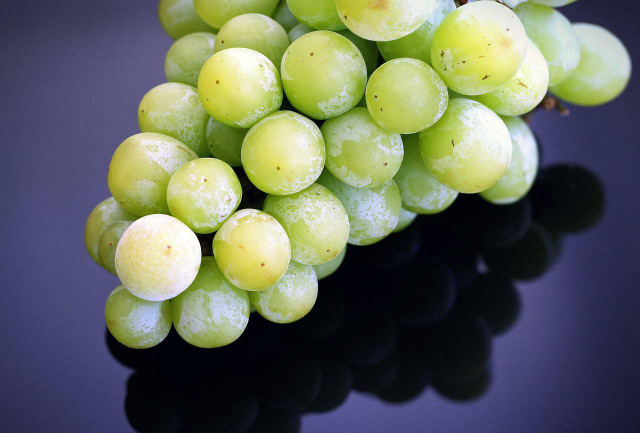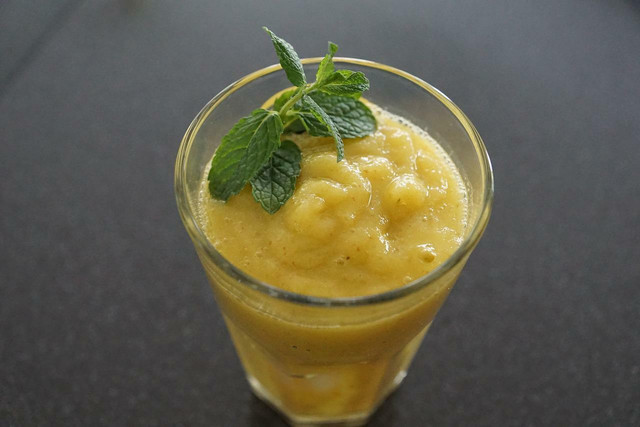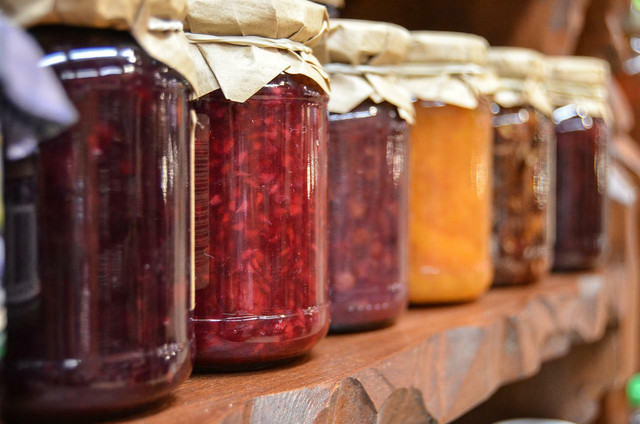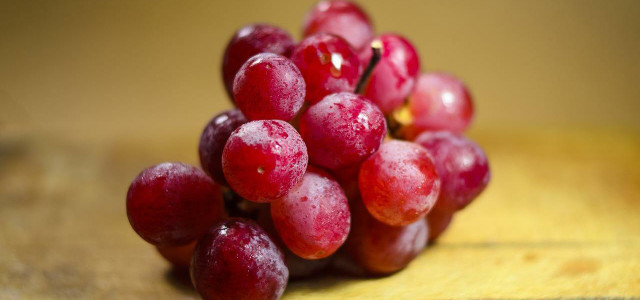Wonderinf if you can freeze grapes? You definitely can. Here is everything you need to know about freezing grapes for a variety of uses, and some handy tips for thawing them.
High in fiber and a great source of potassium, grapes are a delicious way to help you eat more fresh fruit. But can you freeze grapes? The short answer is, yes! Whether you have a glut from your own harvest or lucked out with a sale of fresh produce at the local market, it’s easy to freeze excess grapes. Freezing anything will alter its texture after thawing, but it is an excellent way to preserve nutrients, reduce waste, and have fruit on hand even when it’s out of season.
Whether whole or pureed, freezing grapes is simple. Be sure to wash all produce before consumption (or before storing in the freezer), and source local, organic fruit whenever possible. Regardless of the grape variety (green, red, or purple), always choose fruit that is still firm to the touch, without wrinkles, and without brown spots.
How to Freeze Grapes Whole



(Foto: CC0 / Pixabay / ponce_photography)
Freezing grapes when they are still whole is relatively simple. To ensure they don’t all stick together in a block, you will need a baking sheet or tray that can fit inside the freezer.
Instructions:
- Pick the grapes off the vine so that they are all loose.
- Rinse in a large bowl of cold water, and drain using a colander. Be sure to practice water conservation and set the rinsing water aside — you can use it to nourish plants, for example.
- Carefully tip the grapes out on a clean dishtowel, and pat dry.
- Lay them on the baking sheet and place in the freezer for two hours, or until frozen.
- Transfer to a freezer-safe, lidded container. Label with the date and contents. They should keep in the freezer for 5-9 months.
These are an excellent substitute for regular ice in a fruit punch or pitcher of juice. Frozen grapes are also a great snack that can curb a sweet craving.
How to Freeze Pureed Grapes



(Foto: CC0 / Pixabay / photosforyou)
If freezing whole grapes sounds like too much work, don’t worry. You can also puree the fruit and then freeze it for later. This method works exceptionally well if you are planning to make grape jelly or smoothies, or if you would like to bake with grapes when they aren’t in season. There is no need to peel the grapes before freezing. Blending them for long enough will also break down the skins into tiny pieces.
If you use ice cube trays, then you will have easy-to-use individual portions of pureed grape ice cubes on hand. Simply add to smoothies, or stir into porridge to add natural sweetness. You can also freeze them in batches, and store them in a larger container to free up your ice cube trays.
Freezing the blended grapes in larger containers is great if you are planning to make grape jelly, jam, or some fruit-based baked goods. No matter how you plan to use the frozen grapes, follow these steps.
Instructions:
- Pick the grapes from the vines, wash and pat dry using a clean dish towel.
- Transfer the fruit to a blender or food processor, and blend until smooth. You might have to do this in batches, depending on how many grapes you have to work with.
- Transfer the pureed fruit into ice cube trays or freezer-safe, lidded containers. Label with the contents and the date.
Defrosting Frozen Grapes



(Foto: CC0 / Pixabay / jarmoluk)
To defrost your frozen grapes safely, thaw slowly. Remove the desired amount from the freezer and thaw in the refrigerator overnight. Although frozen and defrosted grapes will be less vibrant, and won’t be as firm, they will still be delicious and can be used in a variety of ways (just perhaps not in a lunch box).
Once defrosted you can add to baked goods, stir into oatmeal, or cook up a batch of homemade grape jelly! You could even turn them into a healthy homemade popsicle.
Read more:
- How to Freeze Soup: Methods, Tips and Tricks
- Freezing Carrots: Tips and Tricks
- Ube Jam: Recipe for Traditional Ube Halaya
Do you like this post?







